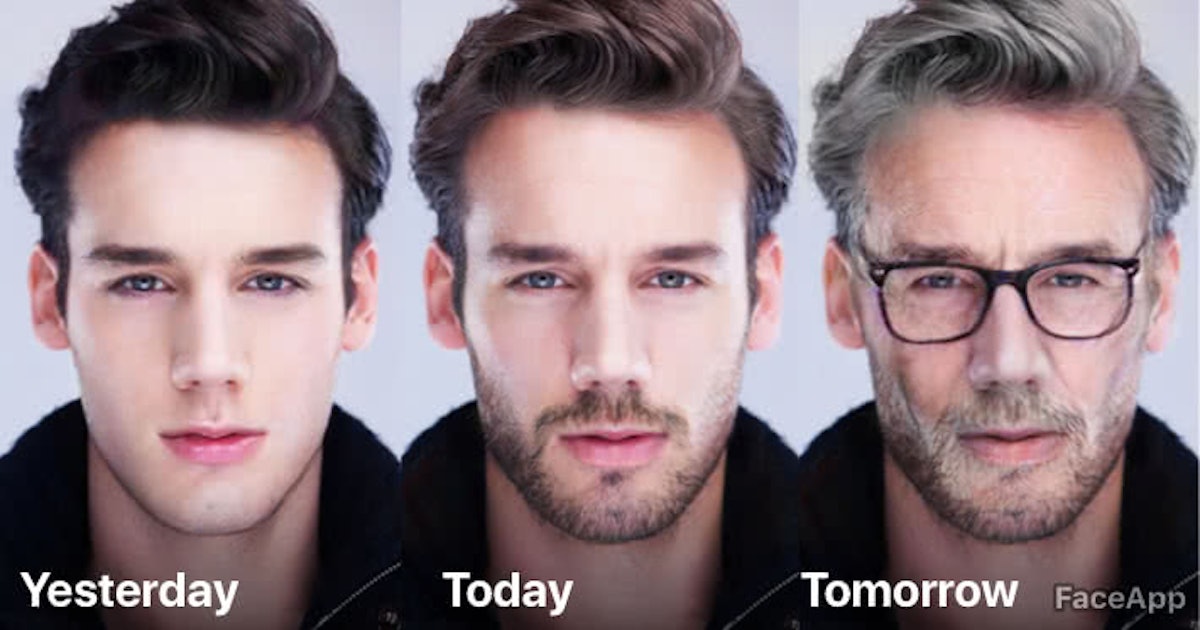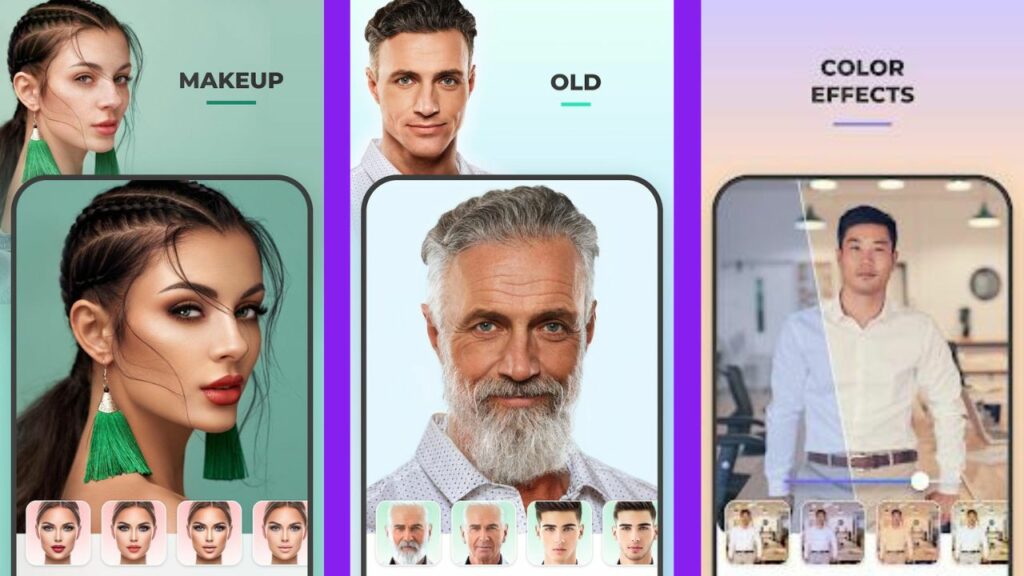How Does FaceApp's AI Aging Feature Really Work?
If you’ve been online lately, you’ve probably come across a viral trend where people, from celebrities to your curious neighbors, have been aging themselves a few decades into the future. This fascinating phenomenon is brought to you by FaceApp, an AI-powered image-manipulation application that transforms your selfies in a photorealistic manner to show what you might look like at an older age. But how does FaceApp's AI aging feature really work?

The Origins of FaceApp
FaceApp is the brainchild of the Russian company Wireless Lab, which introduced the app in January 2017. Initially, FaceApp focused on enhancing selfies, allowing users to add smiles, change hairstyles, swap genders, and, of course, age themselves. The app quickly gained popularity, and its realistic transformations helped it go viral, spreading like wildfire on social media platforms such as Facebook and Instagram.
One of the key features that set FaceApp apart from other image-manipulation tools is its use of neural networks, specifically a subset known as Generative Adversarial Networks (GANs). These networks are modeled after the neuronal processes of the human brain and are trained to recognize and manipulate specific data sets.
How It Works: Neural Networks and GANs
FaceApp uses machine learning techniques to manipulate user-uploaded images. When you upload a photo, the app analyzes it and applies various filters to achieve the desired effect. These filters can make you look older, younger, or even swap your gender. The app achieves this by using GANs, which consist of two neural networks: a generator and a discriminator.

The generator creates images from random noise vectors, while the discriminator evaluates these images against real-world data. The generator and discriminator work together in a feedback loop, with the generator continually improving its images based on the discriminator's feedback. Over time, this process results in highly realistic images that can convincingly transform your appearance.
For aging features specifically, the GAN is trained on a dataset labeled by age. This training helps the GAN understand the characteristics associated with aging, such as wrinkles, sagging skin, and changes in hair color. When you use the aging filter, the app applies these characteristics to your photo, making you look significantly older while maintaining your essential facial features.
Capturing the Signs of Aging
Scientists have studied facial aging for decades, identifying specific markers that indicate age progression. FaceApp leverages this research to inform its aging algorithms, capturing classic biological signs such as wrinkles, loose skin, and jowls.
Wrinkles and Skin Texture: The app adds forehead wrinkles, glabellar lines (wrinkles between the eyes), and nasolabial folds (smile lines) to simulate aging. These features are essential markers of age, making the transformation appear more realistic.
Eye Bags and Sagging Skin: FaceApp also simulates dermatochalasis, or the accumulation of loose skin around the eyelids, to create eye bags—a common sign of aging.
Jowl Formation and Brow Descent: The app captures the drooping of the brow and the formation of jowls, which are typical in older faces. These features add depth to the aging effect.
The Role of Color Contrast
In addition to physical features, FaceApp may also manipulate facial color contrast to make faces appear older. Researchers have found that high color contrast among facial features (such as the eyes, lips, and mouth) tends to make a face look younger. Conversely, lower contrast is associated with older appearances.
By adjusting the color contrast in user photos, FaceApp can enhance the aging effect. For example, manipulating the contrast around the eyes and mouth can create a more aged appearance, even without significantly altering the physical structure of the face.
Ethical Considerations and Controversies
While FaceApp’s aging feature is undoubtedly impressive, it has not been without controversy. Critics have raised concerns about the app's privacy policies and its access to user photos. FaceApp's terms of service grant the company a perpetual, irrevocable license to use and modify user photos, which has led to concerns about data privacy and security.
Additionally, the app has faced criticism for filters that some users found to be racially insensitive. These filters have since been removed, but they highlight the ethical challenges associated with AI-powered image manipulation.
Real-Life Chemistry of Aging
FaceApp’s aging filter, although fun and entertaining, diverges significantly from the true experience of aging. Real-life aging is a complex process that involves not just aesthetic changes but also psychological and physiological transitions. The way people react to their aged photos—with shock or even disgust—says a lot about societal attitudes toward aging.
For most people, aging is not just about physical changes like wrinkles and sagging skin. It includes psychological adjustments, changes in social roles, and new life challenges. These aspects are not something an app can capture.
Conclusion
FaceApp’s AI aging feature is a testament to the power of modern artificial intelligence and machine learning. By leveraging neural networks and generative


